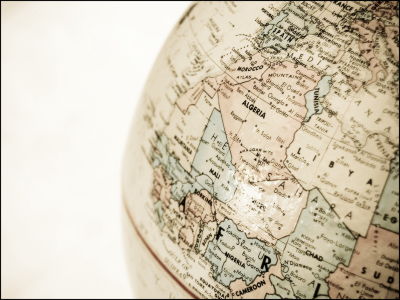Which country is the worst when looking at demographics from the perspective of 'labor force population'?

The aging of the population is progressing worldwide, and in particular Japan, where the birth rate is declining and the number of deaths is increasing, will implement the revised Immigration Control Law in 2019, etc., to support immigrants and acquire human resources for foreign workers. We are putting effort towards Mr. Mikkel Rosenboldt, former Chief Consultant of the Danish Ministry of Finance, explained how demographics would look from the perspective of 'aging' and 'immigrants.'
Introducing 'The Problem Index' - Which Countries Have the Worst Demographics? - Steno Research
If demographics deteriorate and the labor force cannot keep up, the number of elderly people who consume economically but do not contribute economically will increase, placing a greater burden on national finances.
When discussing the issue of population aging, we can talk about it from the perspective of the 'elderly support rate,' which refers to the ratio of the population aged 65 and over to the 'working-age population' aged 15 to 64.
According to the data calculated by the research company Steno Research, among the countries with a population of 5 million or more, the top 10 countries with high and low elderly support rates are as follows. Most of the countries with high percentages are European countries, with the exception of Japan, which is the only country with over 50%, which is far ahead of the rest. On the other hand, African countries with high birth and death rates rank side by side as countries with low rates.

Steno Research has also made predictions for 2033. A brief summary of the data is that there is an upward trend in elderly dependency rates globally, with Hong Kong and South Korea notably rising sharply.

If you look at what countries are doing to deal with this problem of aging populations, one of them is immigration policy. The data showing the proportion of immigrants in each country is as follows, and it can be seen that immigrants (red) are many in developed countries in Europe and Asia, and immigrants (blue) are many in Africa and the Middle East.

Based on the above data, Mr. Rosenbolt devised an index called 'Problem Index'. This is a weighted average index of how countries are coping with aging issues and immigration policies. rewards and penalizes countries with high elderly dependency rates and high net emigration (people leaving the country). A number close to 0 indicates that the country is not coping with the aging problem, and a number close to 100 indicates that the country is managing its elderly dependency ratio well.
And the world map visualized by making the higher the index brighter and the lower the darker it is, is as follows. You can see that the aging problem is getting worse in Japan and European countries.

In addition, Rosenbolt says that filtering based on the problem index reveals the lineage of the aging problem. If we look at the forecast data for 2053, we can see that there are various paths towards solving the aging problem. In the data below, the yellow bars indicate a negative net immigration rate (people are leaving the country), the black bars indicate a high proportion of the elderly to the population, and the red bars indicate yellow Black means that both are fulfilled. Cuba, China, Poland, Bulgaria and Switzerland are projected to be countries with elements of both.

It seems that the reason why European countries are deteriorating is because of the low birth rate and the small number of immigrants. Fertility rates are among the lowest in the world at 1.2 in Spain and 1.3 in Italy. What stands out in particular in Southern and Eastern Europe is the low net immigration, which is even negative in Serbia, Bulgaria and Poland. is. Poland also has the world's highest median age for a limited number of immigrants crossing the border.
Japan has long suffered from an aging population that stands out in Asia, and more East Asian countries will have similar problems in the future. South Korea has one of the lowest fertility rates in the world, averaging 0.9 births per woman. Hong Kong has an average of 1.1 and Singapore has an average of 1.1, but Singapore has been successful in attracting highly skilled immigrants with its strong visa policy, so it's not bad from the point of view of the problem index. is.
Related Posts:
in Posted by log1p_kr







